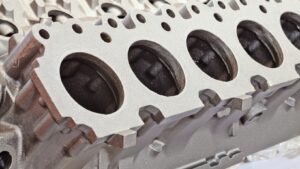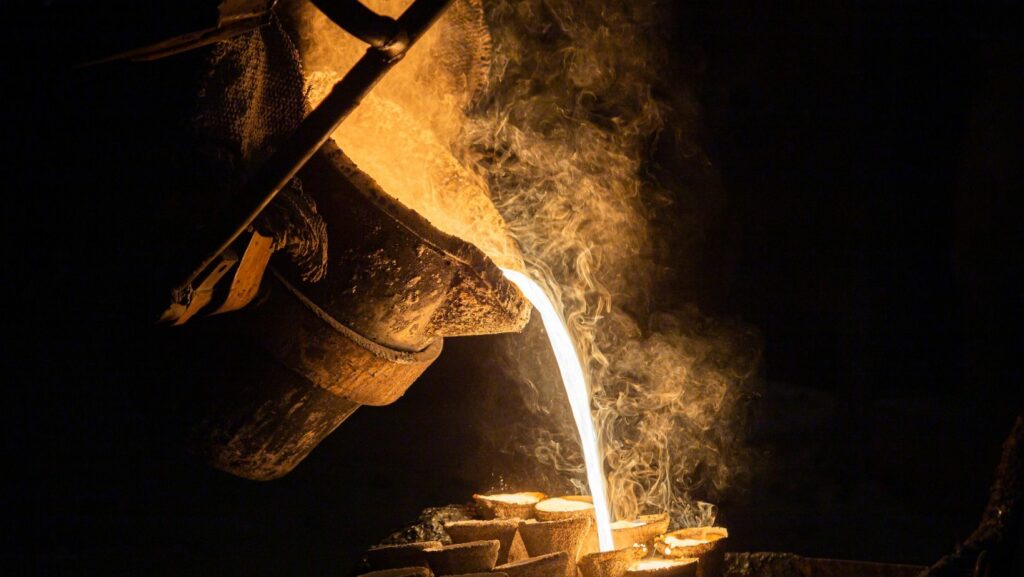In the vast universe of metalworking, investment casting holds a distinct place. It’s a time-honored process that’s been around for millennia, yet it’s as relevant today as it was in the days of ancient artisans. This technique, also known as lost-wax casting, offers unparalleled precision and versatility, making it a go-to choice for industries worldwide.
Investment Cast

Investment casting stands out in the field of metalworking, capturing attention with its accuracy and adaptability. This section elucidates on the distinct aspects of investment casting, including its origins and development over time.
Investment casting, colloquially dubbed as ‘lost-wax’ casting, remains highly prized for its superior precision. In essence, it’s a metallurgical process that molds and forms metals into intricate designs with high accuracy. The process commences with creating a wax pattern, which resembles the desired final product. This pattern is later covered with a refractory ceramic material. Once the ceramic hardens, the wax gets melted and drained away—hence the moniker, ‘lost-wax’. The ensuing ceramic mold is then ready for casting, the metal poured in and allowed to solidify, eventually yielding the intended intricate metal piece.
Investment casting boasts a storied history that stretches back over five millennia. Ancient civilizations, including the Egyptians and the Chinese, first harnessed this casting method around 4000-3500 BC to forge detailed artworks and ornate jewelry. The industrial revolution of the 18th and 19th centuries gave it a fresh lease of life, extending its appeal to an array of industries, including aerospace, automotive, and dental.
Key Components of Investment Casting

Investment casting involves several core components that intertwine into a streamlined process. Wax patterns, for instance, constitute the first concept. They’re replicas of the desired final product and provide a mold for the metal. Refractory slurry, a mixture using materials like silica or alumina, envelops the wax pattern, forming a robust shell.
Next, dewaxing occurs. High heat melts and empties the wax from the shell creating a perfect cavity for metal pouring. The type of metal ranges from stainless steel, aluminum, bronze to titanium, depending on the industry requirement.
Lastly, prior to shipment, rigorous inspection is paramount in ensuring defect-free castings. Techniques like radiography, liquid penetrate inspection, or even ultrasonic testing ascertain component reliability. Indisputably, these elements concat to reflect investment casting’s precision, and its indispensable role for industries seeking intricate yet sturdy components.
Advantages of Investment Casting
Investment casting boasts multiple advantages that underscore its prominence in diverse industries. These benefits extend from the high level of accuracy it offers to its versatility, both derived from the following attributes:

- Extreme Accuracy: Investment casting ensures remarkable precision, often producing components within +/- 0.004 inches per inch. This level of accuracy minimizes the need for secondary machining, potentially saving businesses time and money.
- Versatility: Investment casting caters to a wide variety of metals, from titanium and stainless steel to aluminum and precious metals. This flexibility renders the method suitable for industries with specific material requirements, such as aerospace or dentistry.
- Complex Designs: The method’s capacity to flawlessly articulate intricate geometries stands unmatched. Whether demanding thin walls or precise holes, investment casting delivers superior results.
Challenges in Investment Casting
While investment casting’s rich history and widespread application underscore its value, it’s not without its challenges. Issues such as shrinkage, porosity, and the expense of creating intricate wax patterns can present hurdles. However, these challenges are often outweighed by the technique’s precision, versatility, and adaptability. As the industry evolves, so too will the methods used to navigate these obstacles. The future of investment casting looks bright, with advancements in technology promising to further enhance its capabilities. Its enduring relevance in the world of metalworking is a testament to its inherent strengths and the innovative solutions developed to overcome its challenges. In the grand scheme of things, investment casting’s potential far exceeds its limitations, solidifying its place in the industry for years to come.



